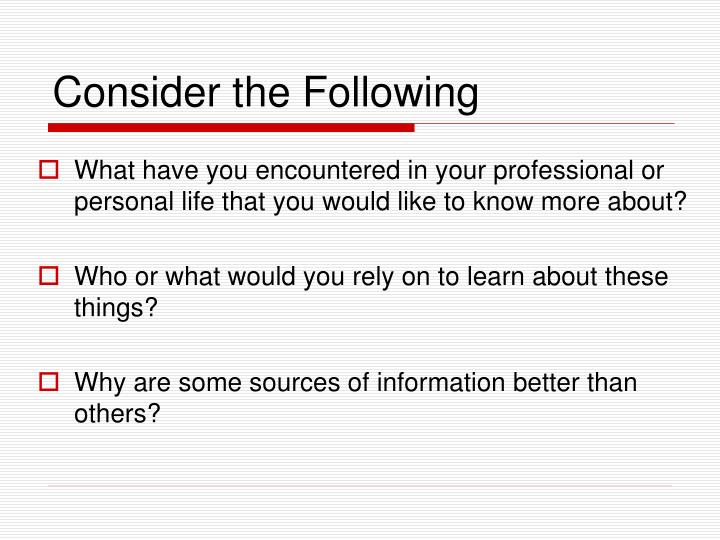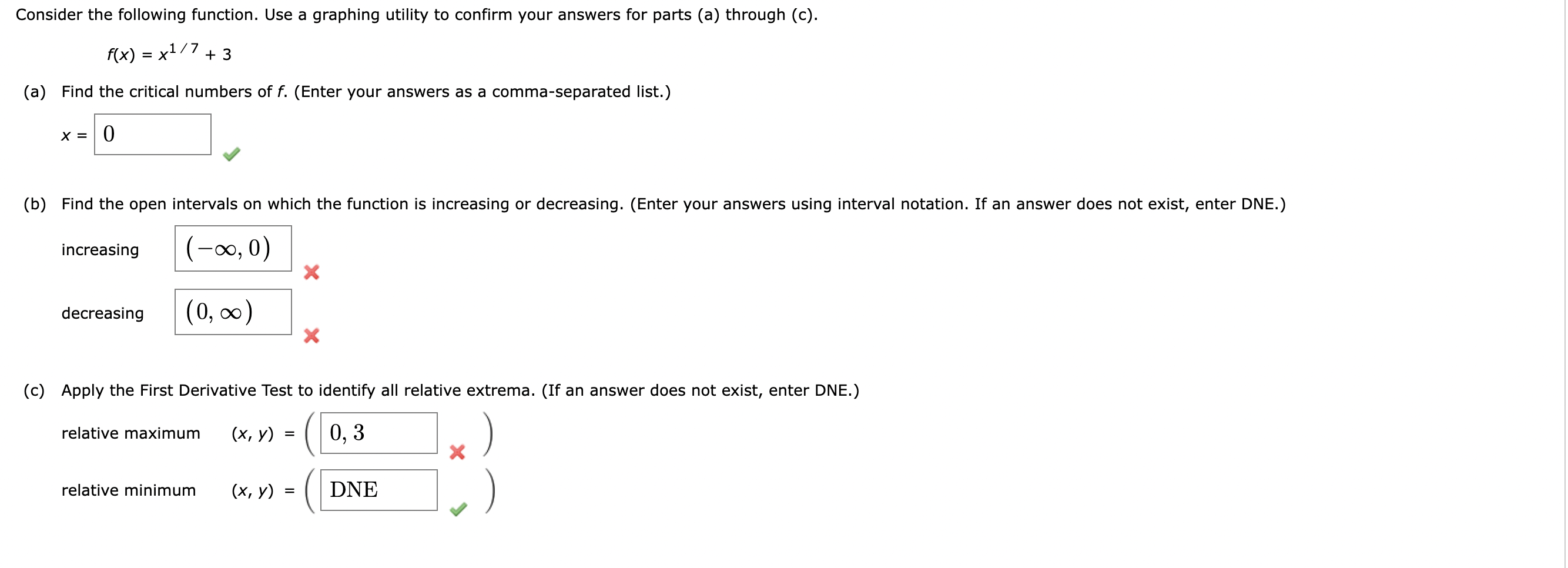Consider the following:-www.waukeshahealthinsurance.com
Consider the following:

Your Health Status: Do you have pre-existing conditions? Are you generally healthy or do you anticipate needing frequent medical care? This significantly impacts the type of coverage you’ll need. A comprehensive plan with lower deductibles might be preferable if you anticipate higher healthcare costs.
Prescription Medications: Are you currently taking prescription medications? If so, check the formulary (list of covered drugs) for each plan to ensure your medications are covered and at what cost. Some plans offer preferred pharmacies with lower co-pays.
Healthcare Providers: Do you have a preferred doctor or specialist? It’s crucial to verify that your preferred providers are in the plan’s network. Seeing out-of-network providers often results in significantly higher costs. Using a provider search tool on the insurer’s website or on sites like www.waukeshahealthinsurance.com can help you verify this.
Your Budget: Health insurance premiums, deductibles, co-pays, and out-of-pocket maximums all contribute to the overall cost. Determine how much you can comfortably afford to spend on premiums monthly and what your out-of-pocket tolerance is.
Your Family: If you have a family, your needs will be different than if you are an individual. Family plans cover multiple individuals, but the premiums will be higher. Consider the healthcare needs of each family member when comparing plans.


Key Elements to Compare Across Plans:
Once you understand your needs, you can start comparing plans based on several key elements:
Premium: This is the monthly payment you make to maintain your health insurance coverage. Lower premiums might seem attractive, but consider the overall cost, including deductibles and co-pays.
Deductible: This is the amount you must pay out-of-pocket before your insurance coverage kicks in. High-deductible plans have lower premiums but require you to pay more before insurance coverage begins. Low-deductible plans offer more immediate coverage but come with higher premiums.
Co-pay: This is a fixed amount you pay for each doctor’s visit or prescription. Co-pays vary depending on the type of visit and the plan.
Coinsurance: This is the percentage of costs you pay after you’ve met your deductible. For example, 80/20 coinsurance means your insurance pays 80% and you pay 20%.
Out-of-Pocket Maximum: This is the maximum amount you’ll pay out-of-pocket in a year. Once you reach this limit, your insurance covers 100% of your eligible expenses for the remainder of the year.
Network: This is the list of doctors, hospitals, and other healthcare providers contracted with your insurance company. Staying within the network is crucial to keep costs down. www.waukeshahealthinsurance.com often provides tools to easily search for in-network providers.
Formulary: This is the list of prescription drugs covered by your plan. Check this carefully to ensure your medications are covered and at an affordable cost. Tiered formularies often categorize drugs by cost, with lower tiers representing cheaper medications.
Benefits: Different plans offer different benefits. Some may include vision, dental, or mental health coverage. Consider which benefits are most important to you.

Utilizing Online Resources and Tools:
Several online resources can simplify the comparison process. Government-sponsored marketplaces like Healthcare.gov (in the US) provide a platform to compare plans side-by-side. Many insurance companies also have online tools and calculators to help you estimate your costs. www.waukeshahealthinsurance.com, for example, may offer such tools to help you navigate the complexities of plan selection.
Working with an Insurance Broker:
Consider working with a licensed health insurance broker. They can provide personalized guidance, help you understand the complexities of different plans, and assist you in selecting the best option for your needs. They often have access to a wider range of plans than you might find independently.
Beyond the Numbers: Consider the Customer Service and Claims Process:
While comparing numbers is essential, don’t overlook the quality of customer service and the ease of filing claims. Read reviews and testimonials from other customers to gauge their experiences with the insurance company. A responsive and efficient claims process can save you time and frustration in the long run.
Reviewing Your Plan Annually:
Your healthcare needs and financial situation can change over time. It’s crucial to review your health insurance plan annually during open enrollment periods to ensure it continues to meet your needs. You might find a better plan with improved coverage or lower costs.
Conclusion:
Choosing a health insurance plan is a significant decision. By carefully assessing your healthcare needs, understanding the key elements of different plans, and utilizing available resources, you can effectively compare options and select a plan that provides adequate coverage while fitting within your budget. Remember to take your time, ask questions, and don’t hesitate to seek professional assistance from a licensed broker if needed. Utilizing online tools like those potentially available on www.waukeshahealthinsurance.com can significantly streamline the process and empower you to make an informed choice. Your health and financial well-being depend on it.
